Getting Ready for Back to School: Essential Activities and Tips to Set Your Students Up for Success
The back-to-school season marks a fresh start — a time of excitement, anticipation, and sometimes nerves for both students and teachers. Whether it’s the first day of Kindergarten or a new grade for older kids, establishing a strong foundation right at the start is crucial to ensuring the year runs smoothly and successfully. Back-to-school activities are more than just “busy work.” They are designed to refresh important skills, build confidence, and help students ease into new routines and expectations. In this post, I’ll dive deep into why these activities matter and how specific literacy and math activities can make the transition easier and more engaging. Plus, I’ll share my top suggestions for preparing your students for success.
Why Back-to-School Activities Are So Important Jumping into a new school year without revisiting key concepts and routines can leave students feeling overwhelmed. Back-to-school activities help:
- Refresh foundational skills in reading, writing, and math that kids may not have practiced all summer.
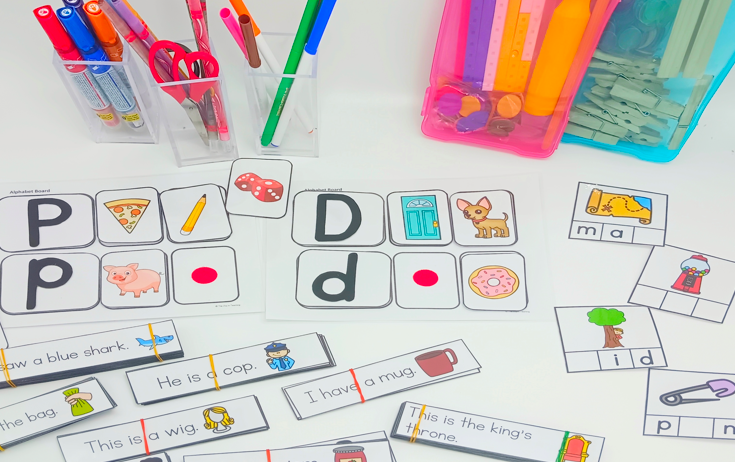
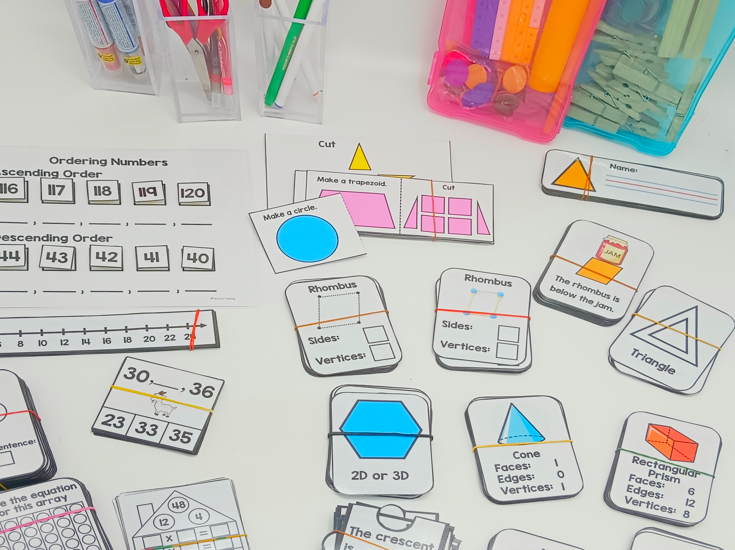
- Develop fine motor skills that support handwriting, coloring, and classroom tasks.
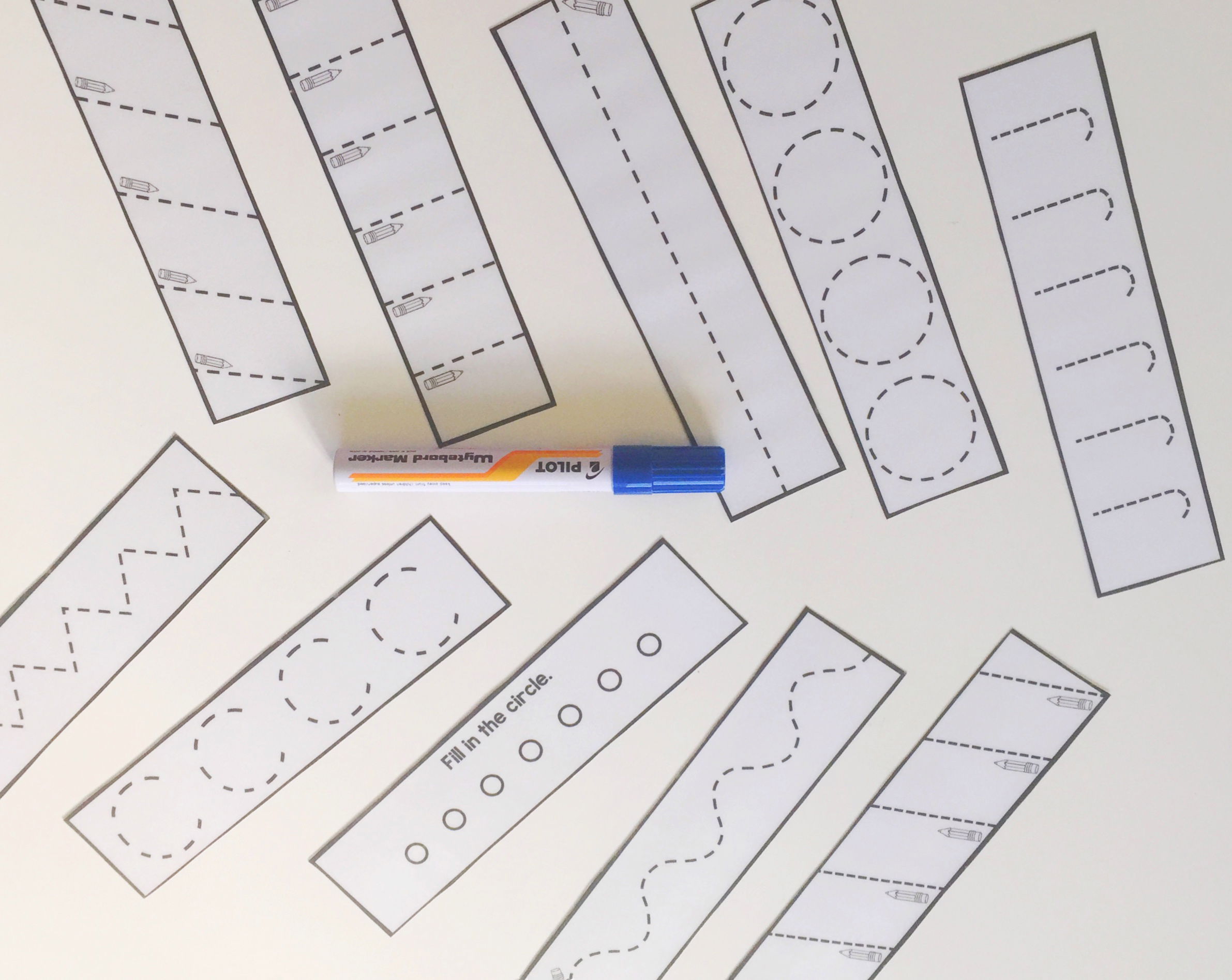
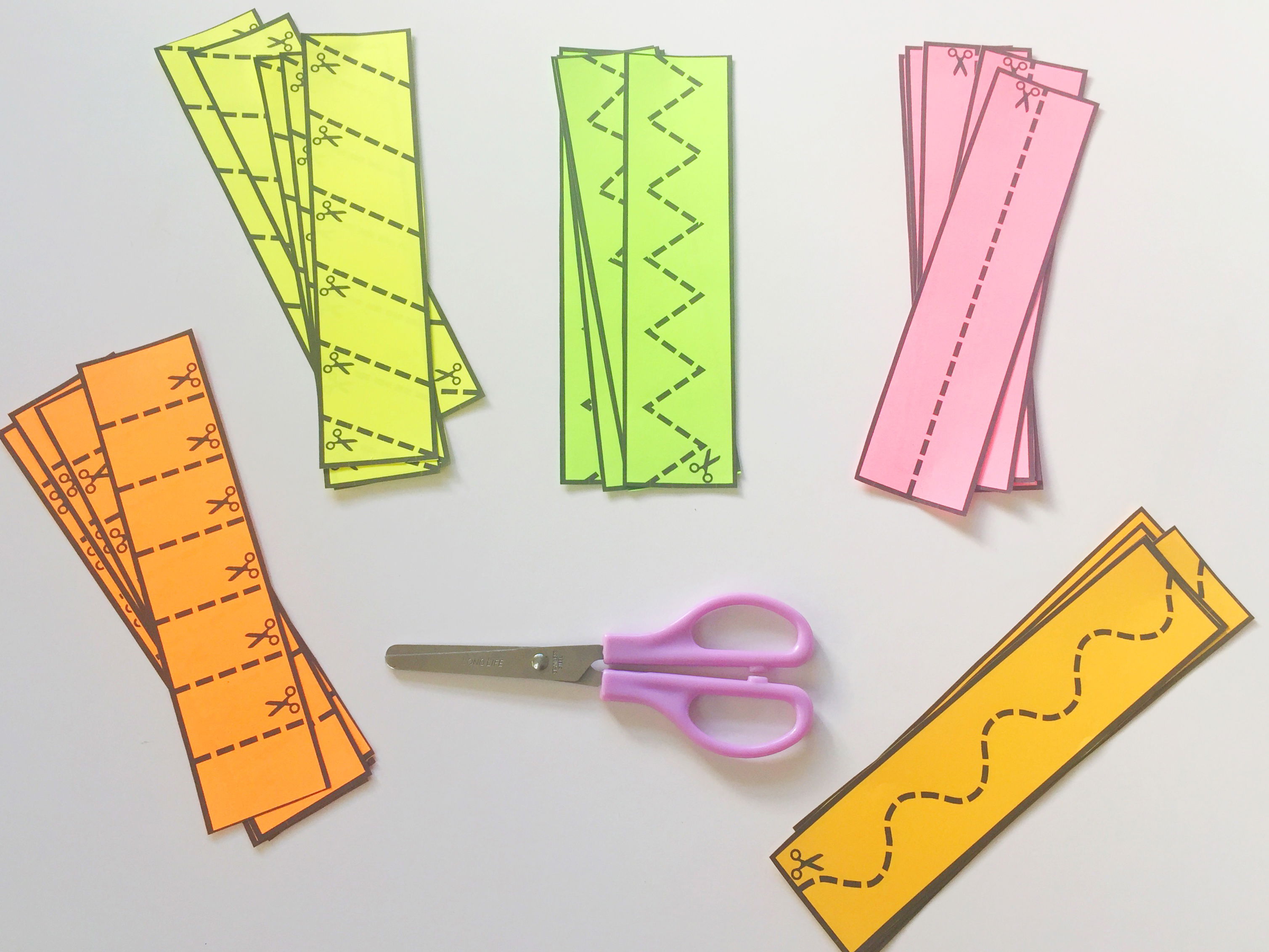
- Build classroom community by promoting social-emotional learning and helping students connect.
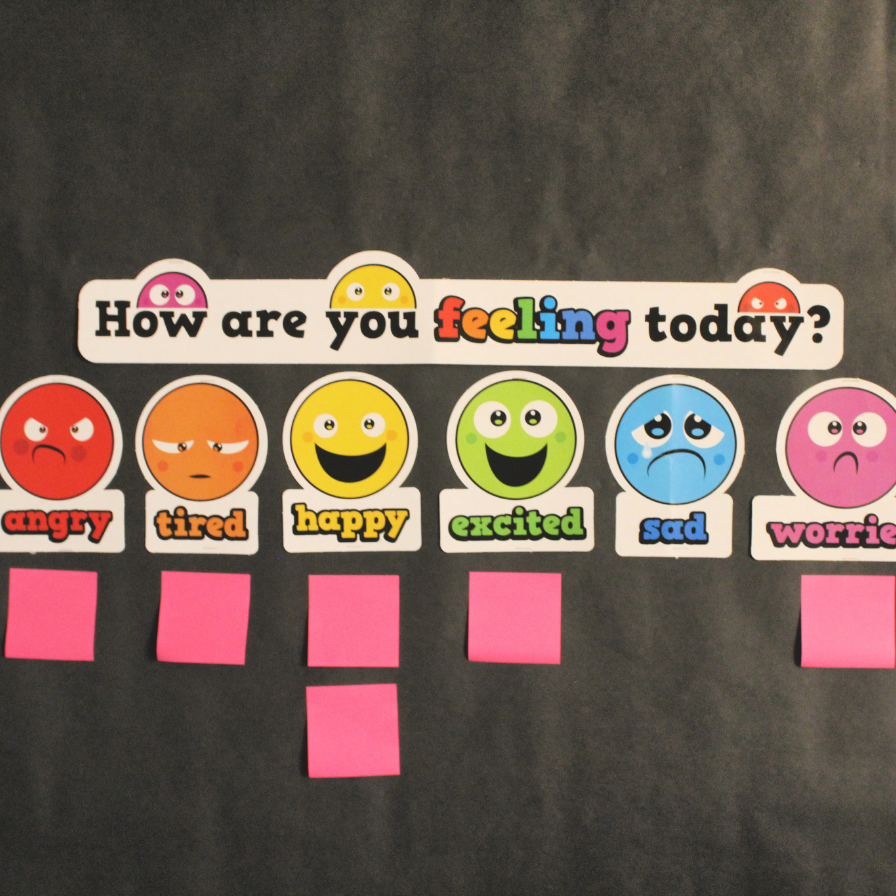
- Establish routines and expectations for a smooth daily flow.
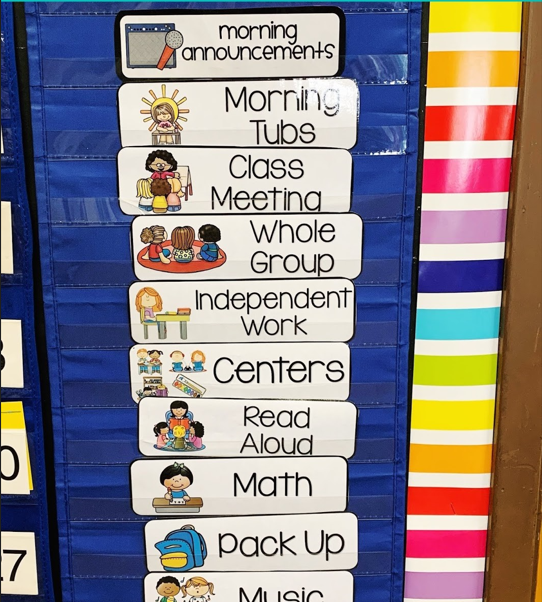
- Motivate and engage students by making learning fun and hands-on from day one.
My Recommended Back-to-School Activities and Why They Work
Here are some of the core activities I’ve developed — all perfect for back to school, along with why they matter and how to use them:
- Alphabet Essentials Activity Pack (includes tracing, letter recognition, and sound activities)
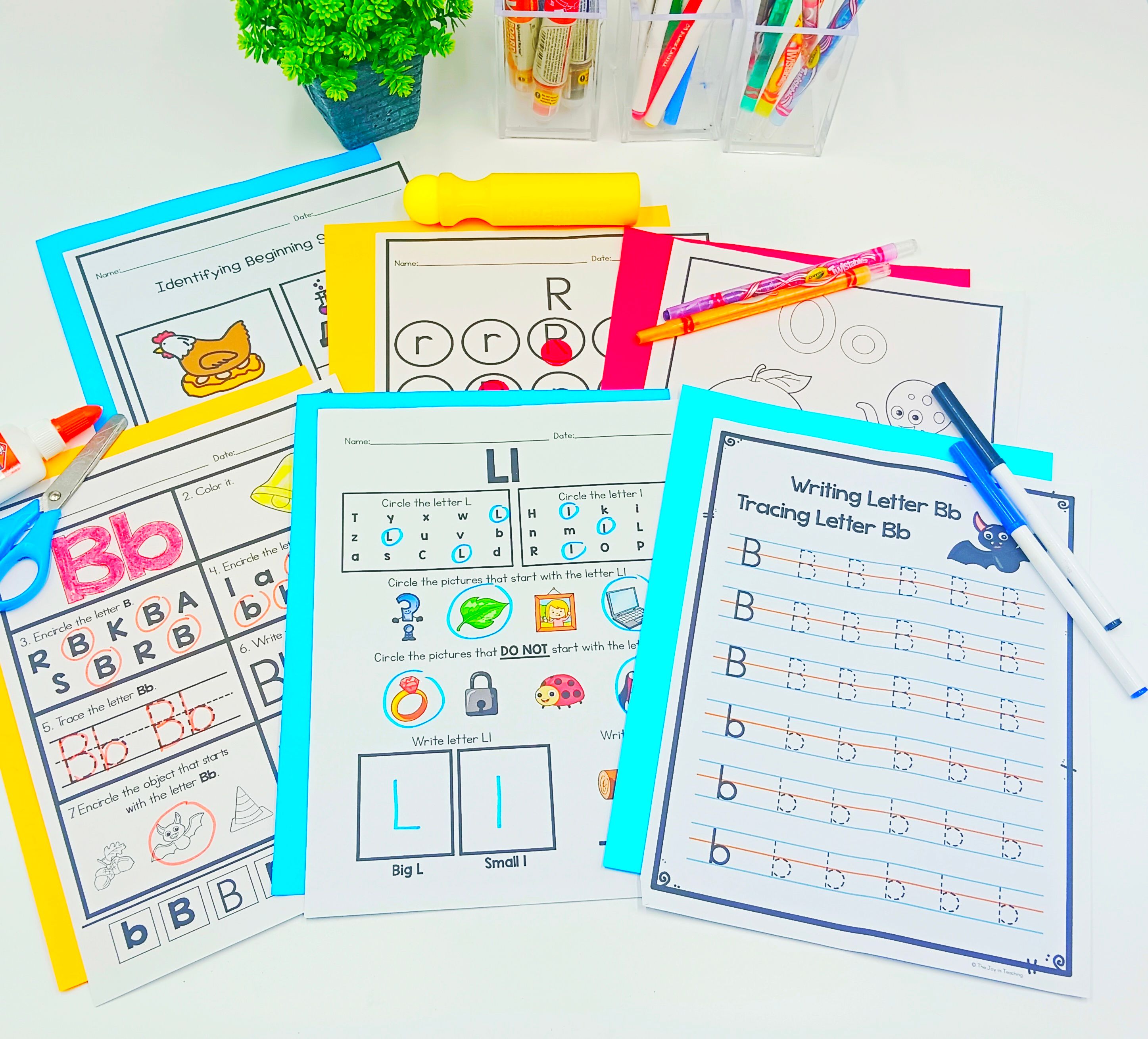
- CVC Word Family Worksheet (target specific word families for fluency)

- Phonics Sentence Flashcards (build simple sentences using consonant-vowel-consonant words)
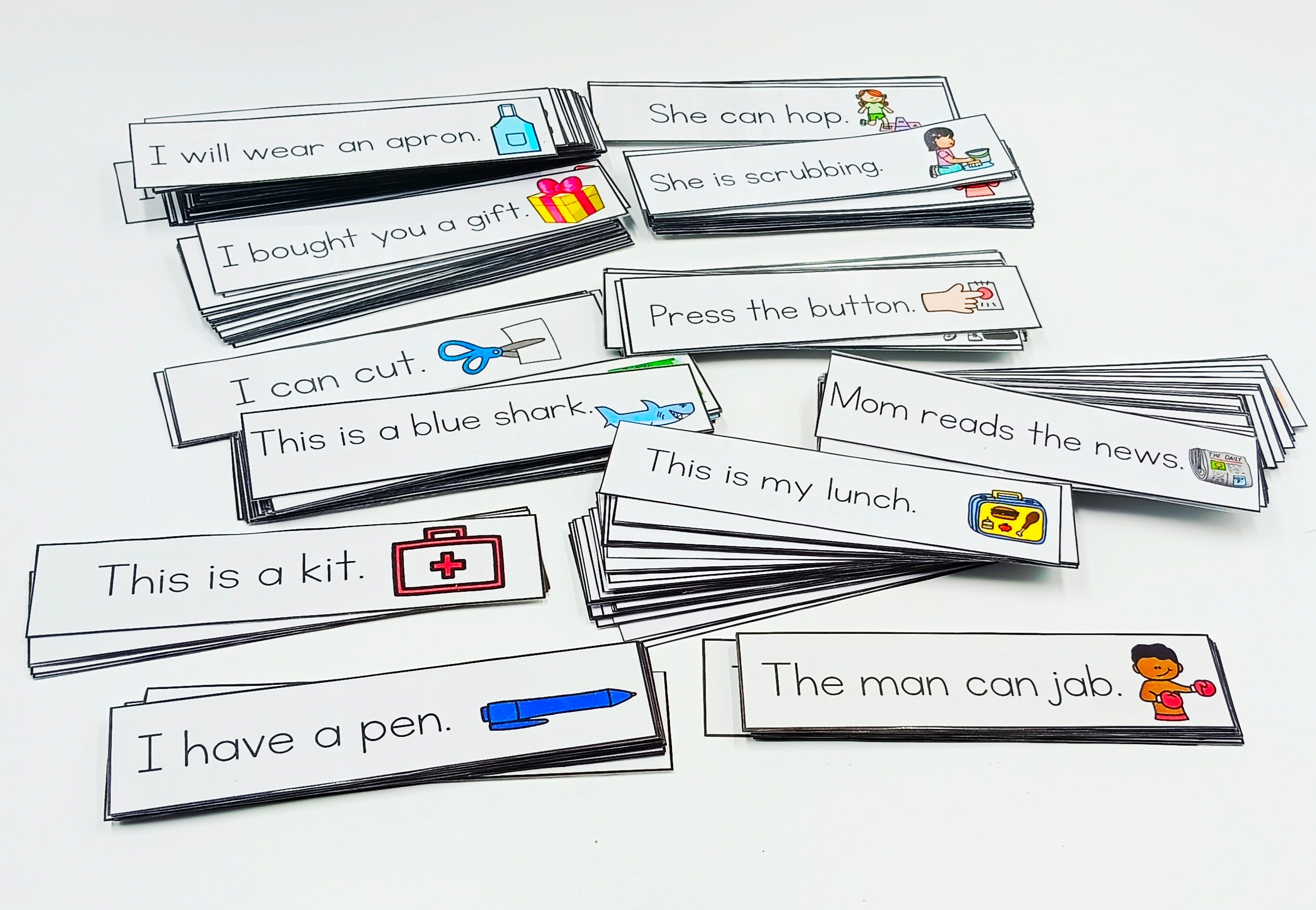
- Phonics Sentence Worksheets (practice blending sounds to read sentences)
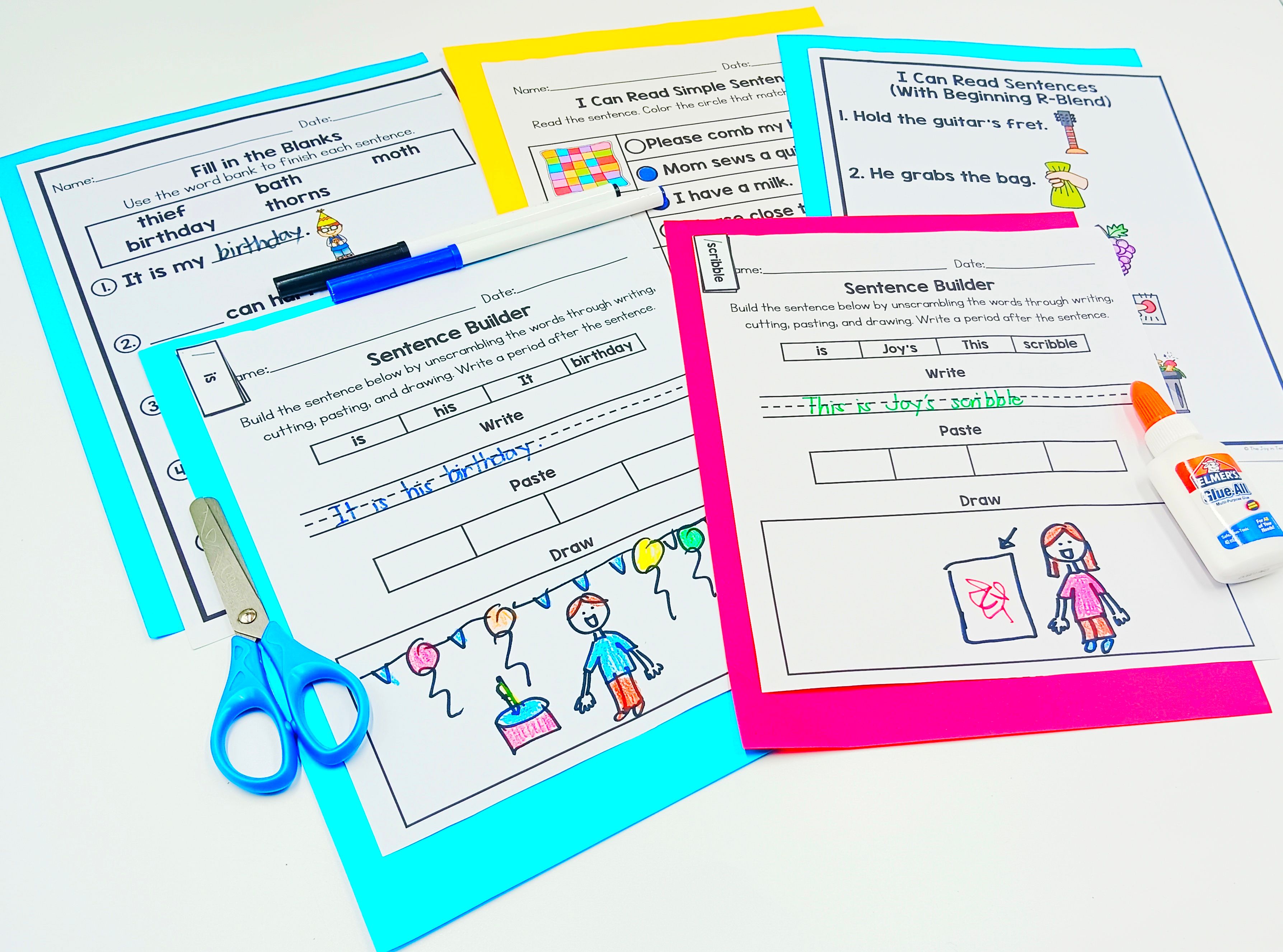
Why it’s important:
At the start of the year, refreshing letter names, sounds, and simple word patterns helps build the foundation for reading and writing success. These activities support phonemic awareness and letter-sound correspondence — essential skills for decoding words.
How to use:
- Begin with letter recognition and sounds.
- Move to blending simple CVC words.
- Practice building and reading sentences for comprehension and fluency.
2. Number and Math Activities
- Number Activity Bundle (counting, place value, comparing numbers, tracing, writing, and number words)
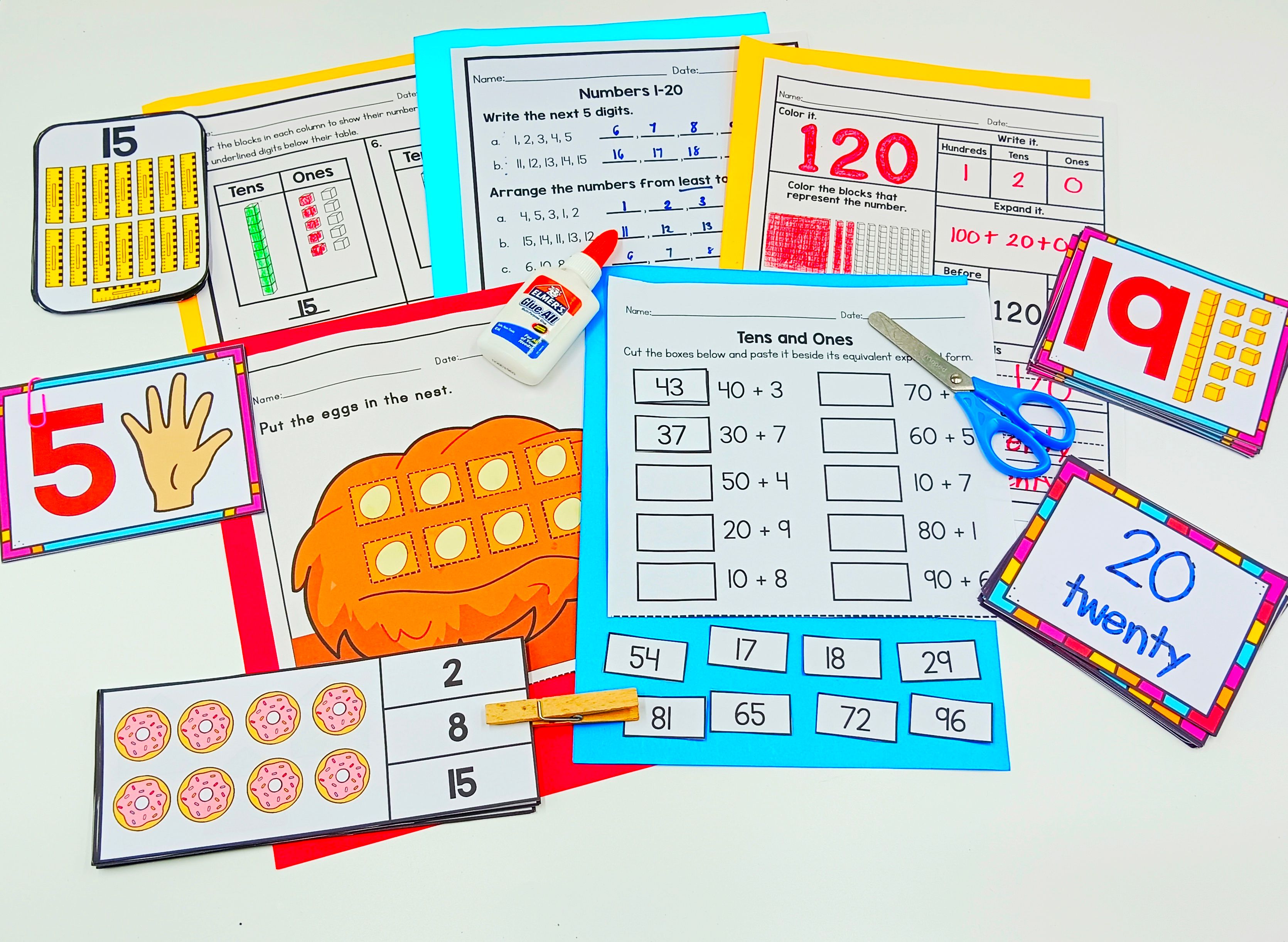

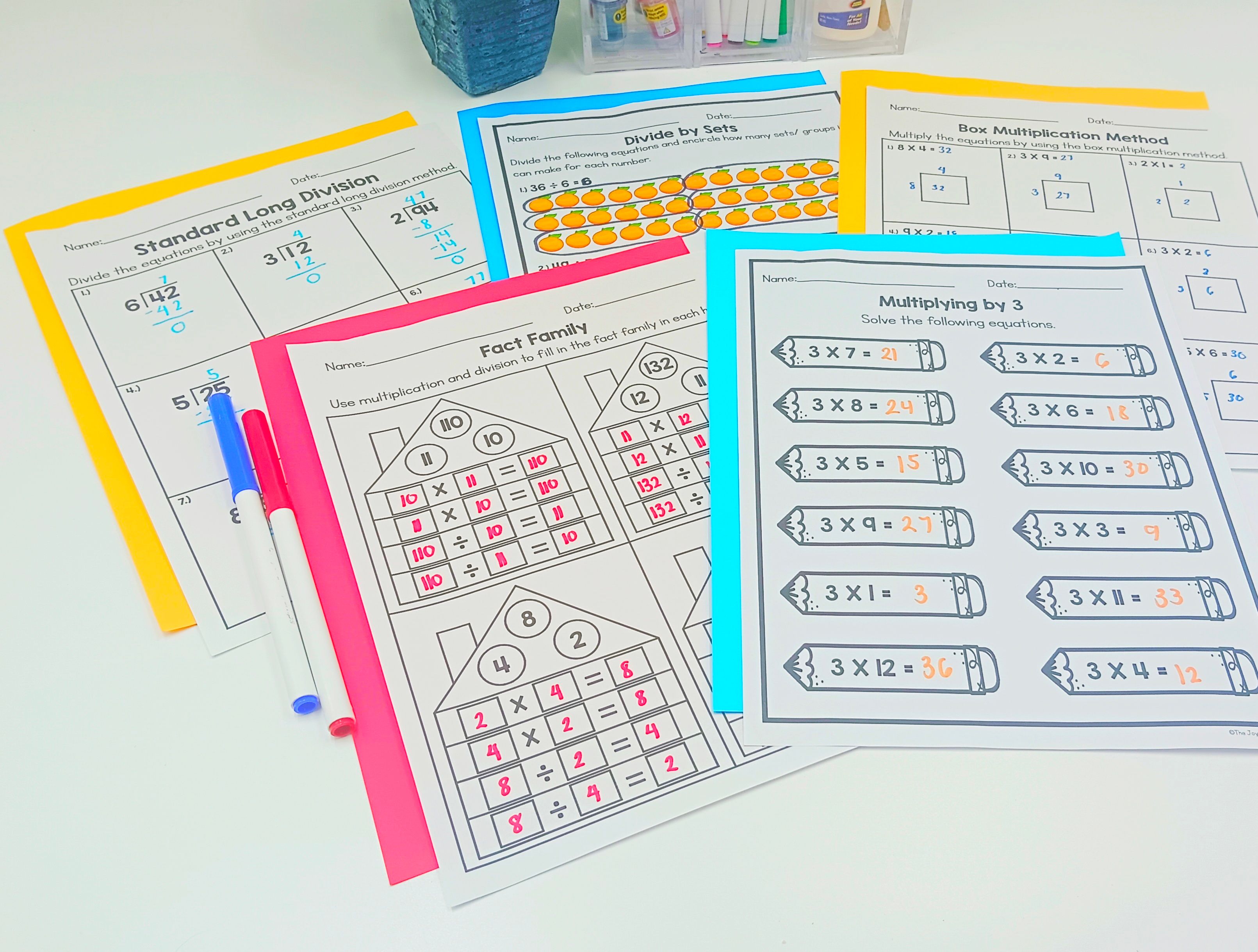
Why it’s important:
Math skills can get rusty over summer. These activities review number recognition, counting, place value, and basic operations, setting the stage for more complex math concepts. They also build number sense and problem-solving strategies. How to use:
- Start with number recognition and counting activities.
- Progress to place value and comparing numbers.
- Introduce basic addition and subtraction strategies.
- Use charts for visual reference during lessons.
3. Shapes and Geometry Activities
- 2D and 3D Shapes Flashcards (introduce shape names and attributes like sides, vertices, faces, edges)
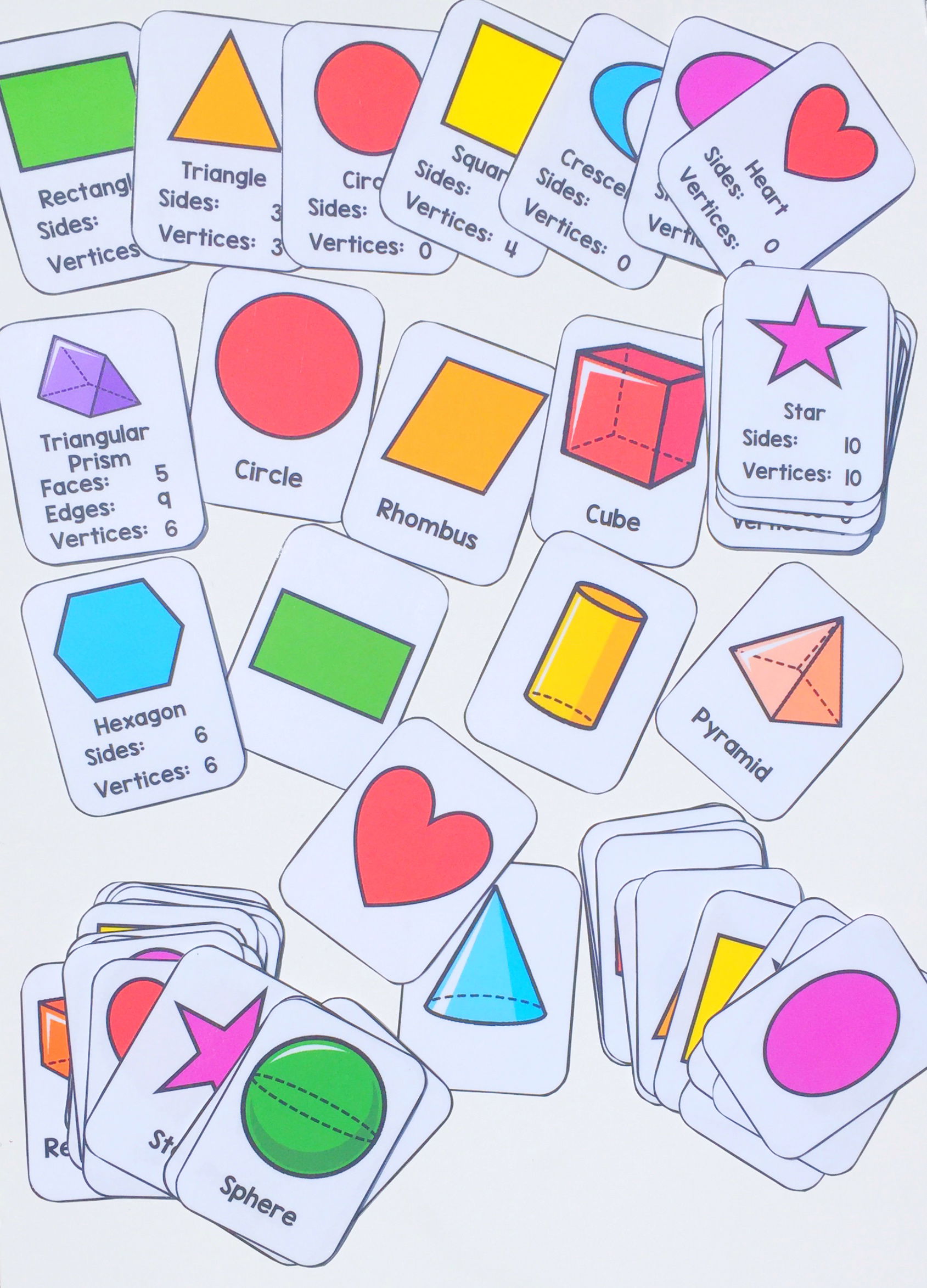
- 2D and 3D Shapes Task Cards (hands-on 3D shape modeling)
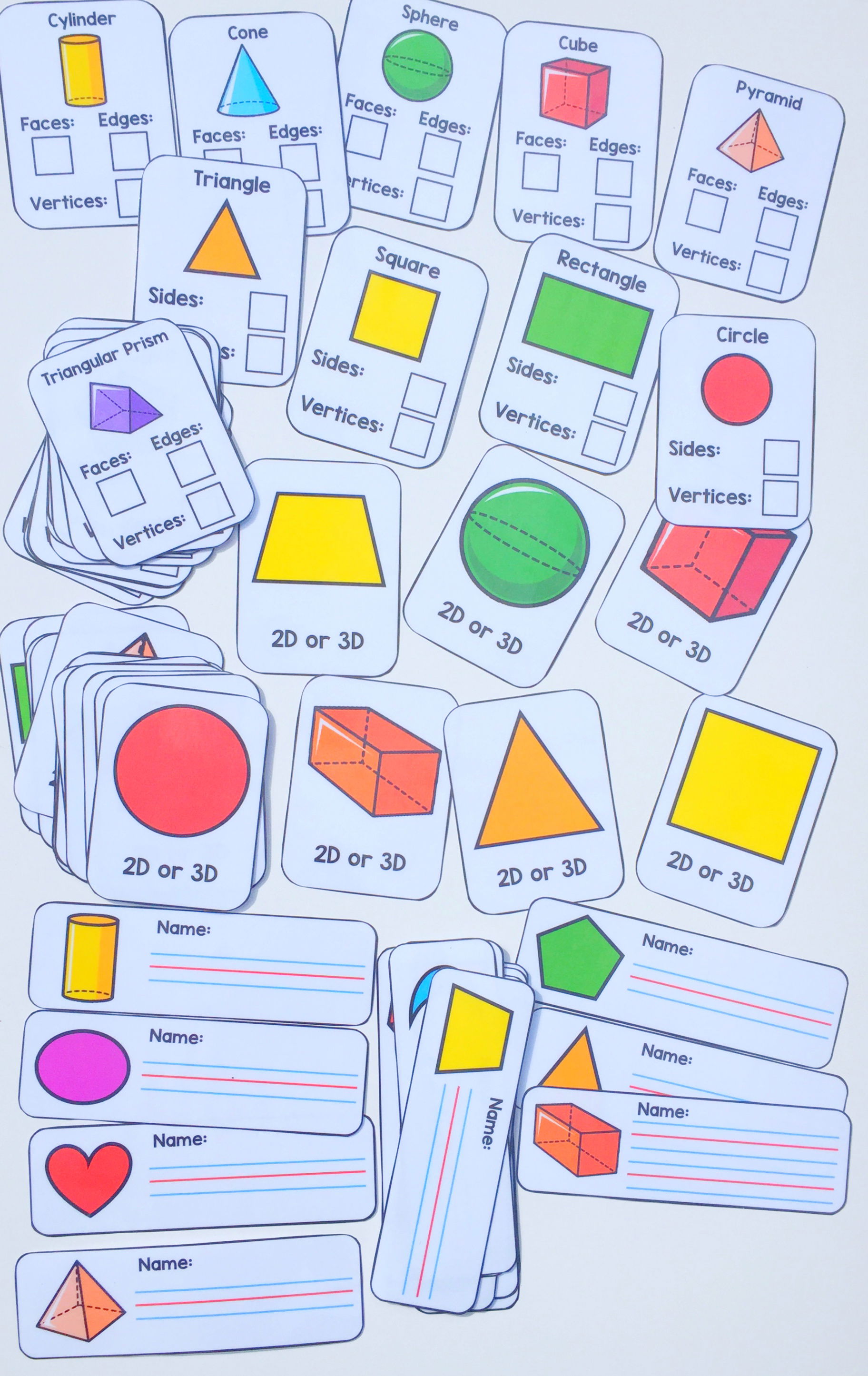
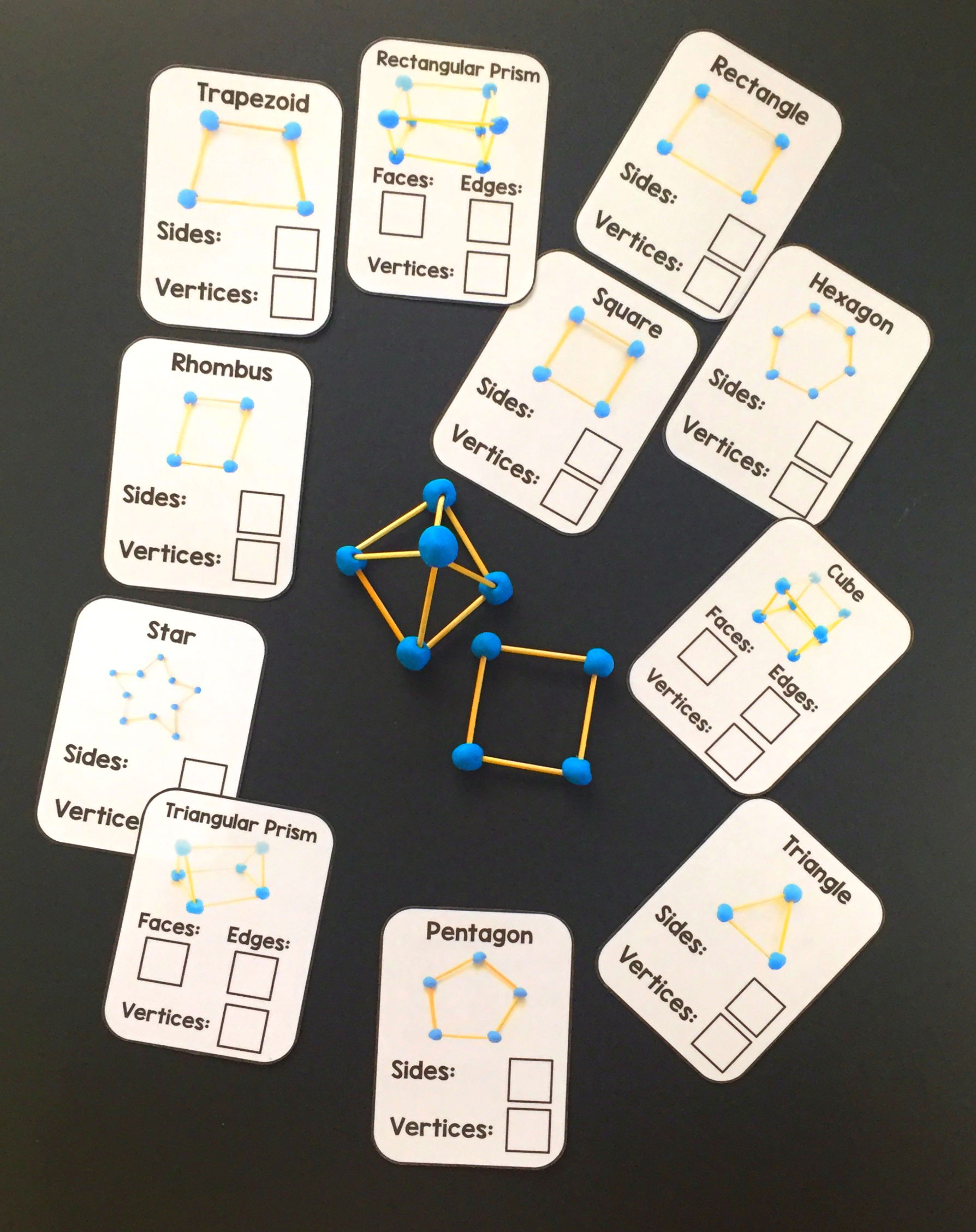
- 2D and 3D Shapes Worksheet (coloring, tracing, and identifying shapes)
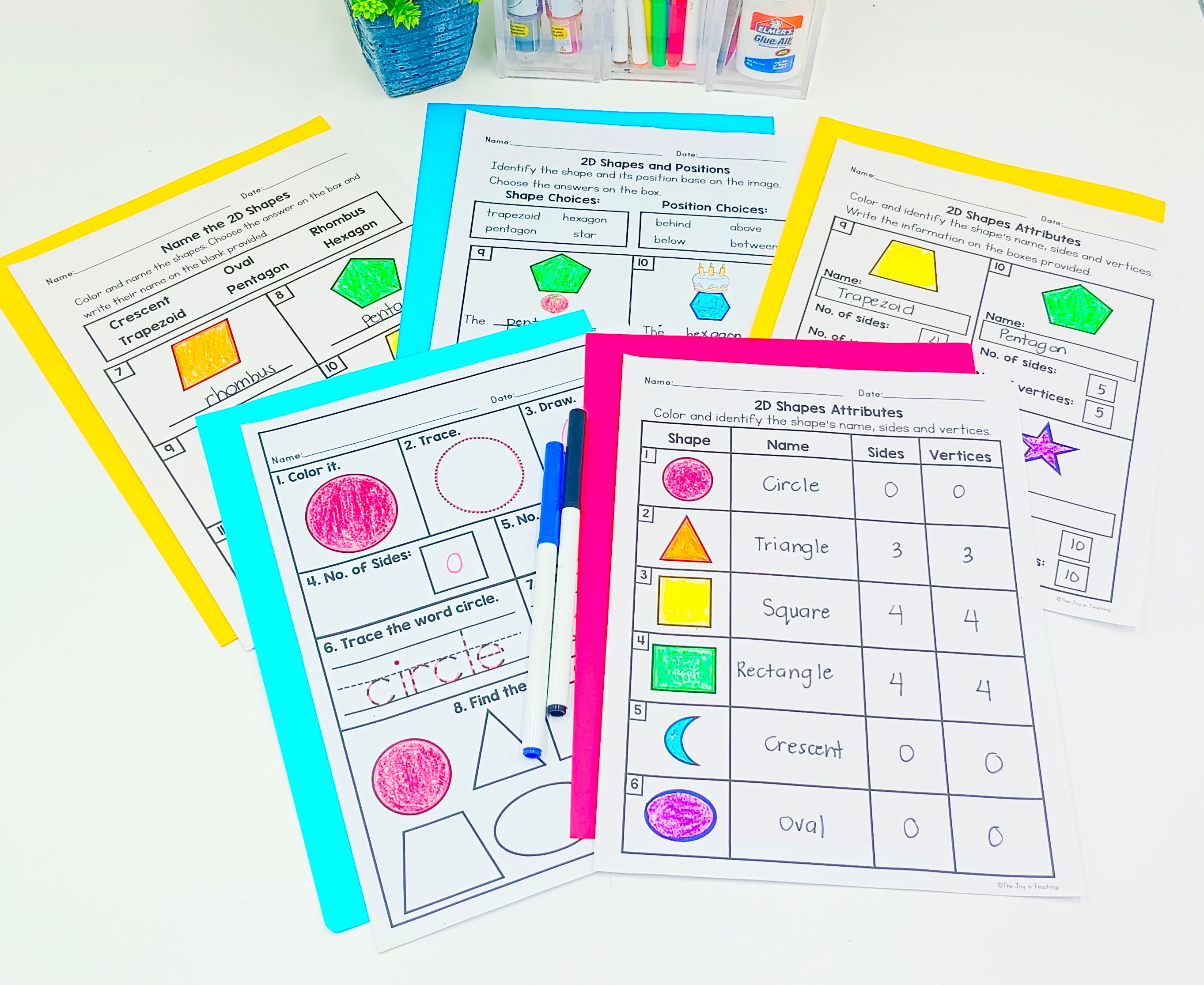
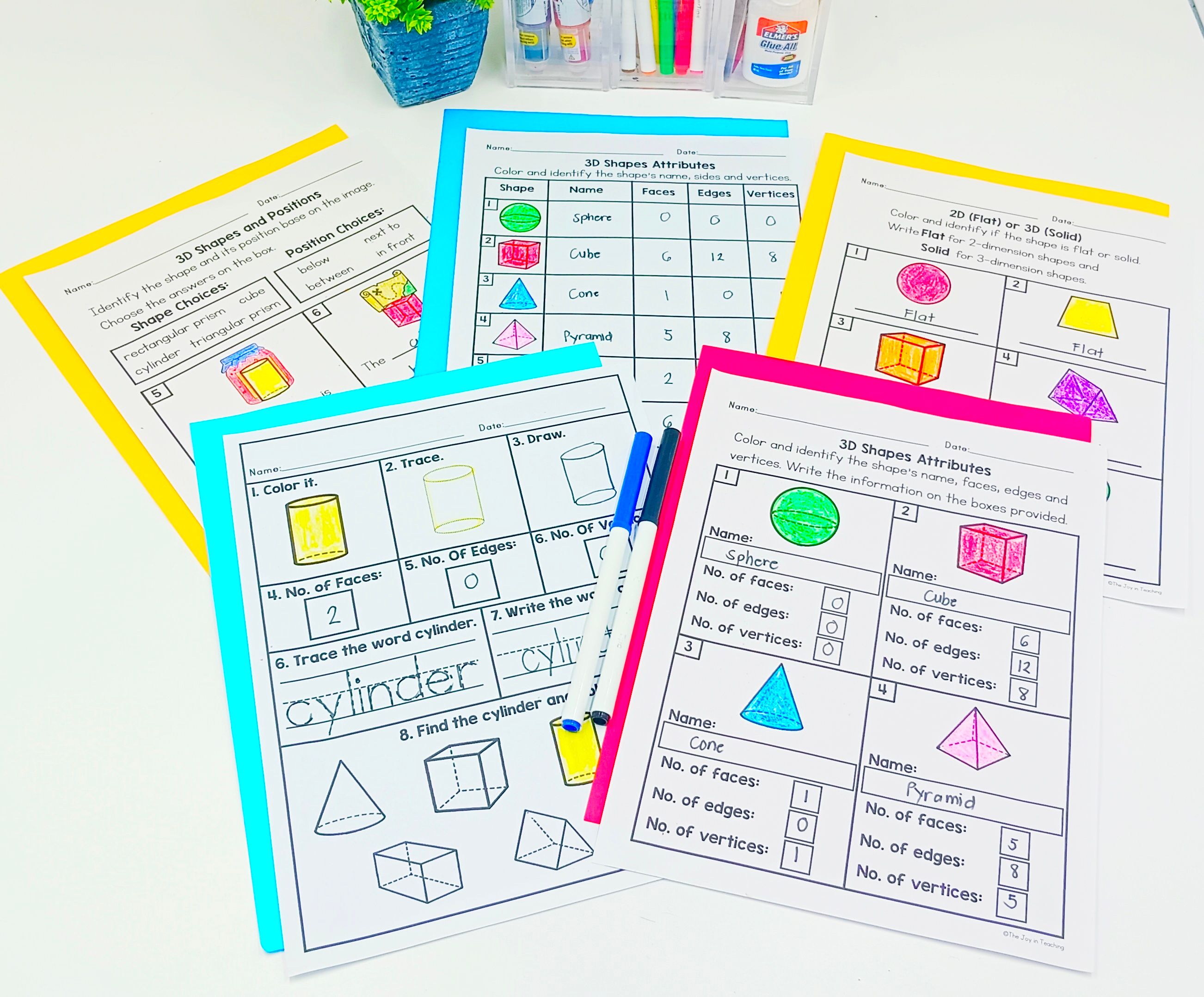
Why it’s important:
Understanding shapes and spatial awareness is a key math readiness skill. These activities help kids identify and describe shapes, which supports geometry and measurement learning later on.
How to use:
- Use flashcards to introduce and review shape names and attributes.
- Follow up with hands-on clay modeling to deepen understanding.
- Use worksheets to reinforce learning and provide independent practice.
4. Writing and Fine Motor Skill Activities
- Fine Motor Skills Activity (cutting & pasting, glue practice, writing and cutting)
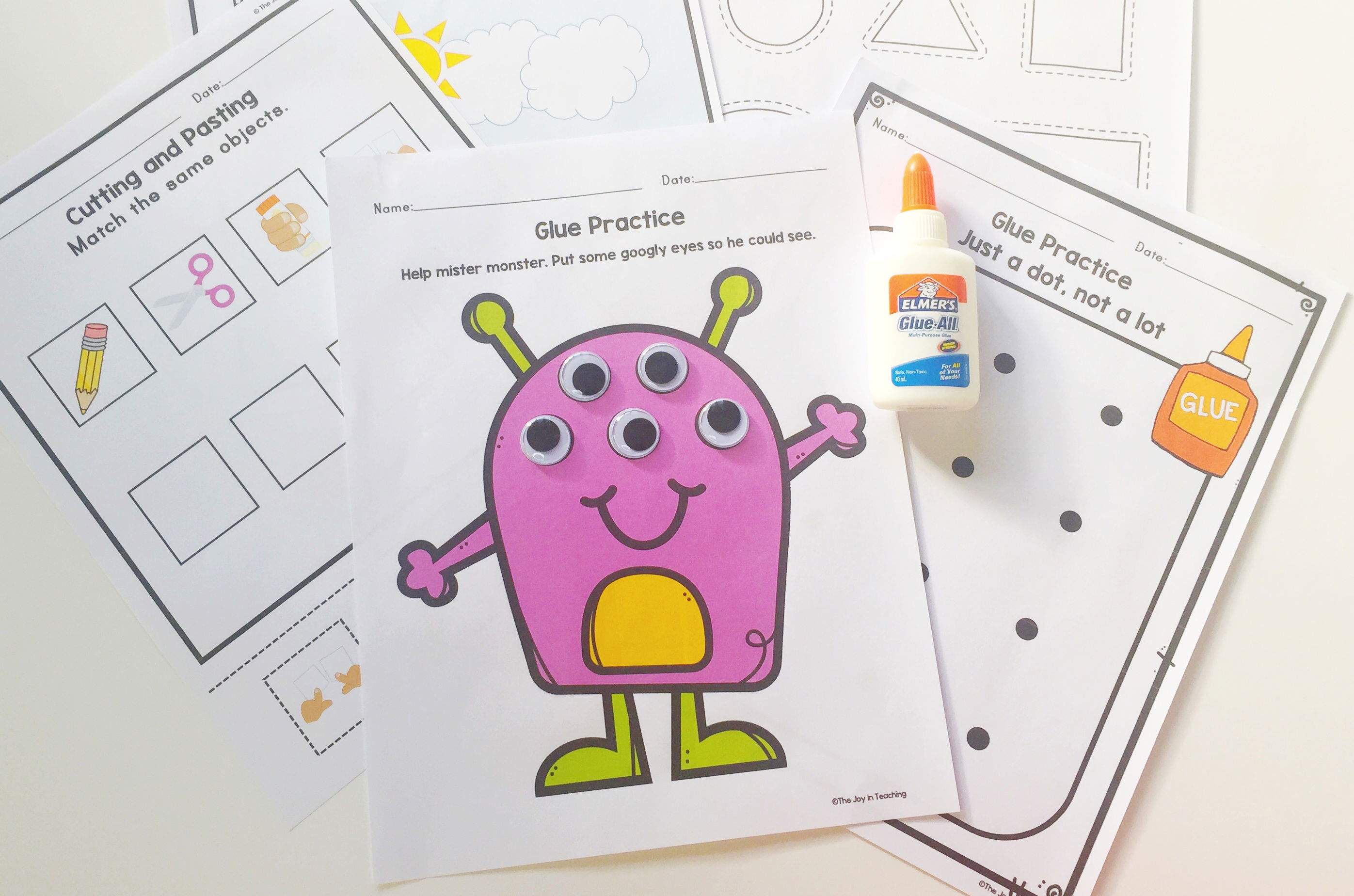
- Alphabet Task Cards Tracing and Clay (trace letters and form shapes with clay)
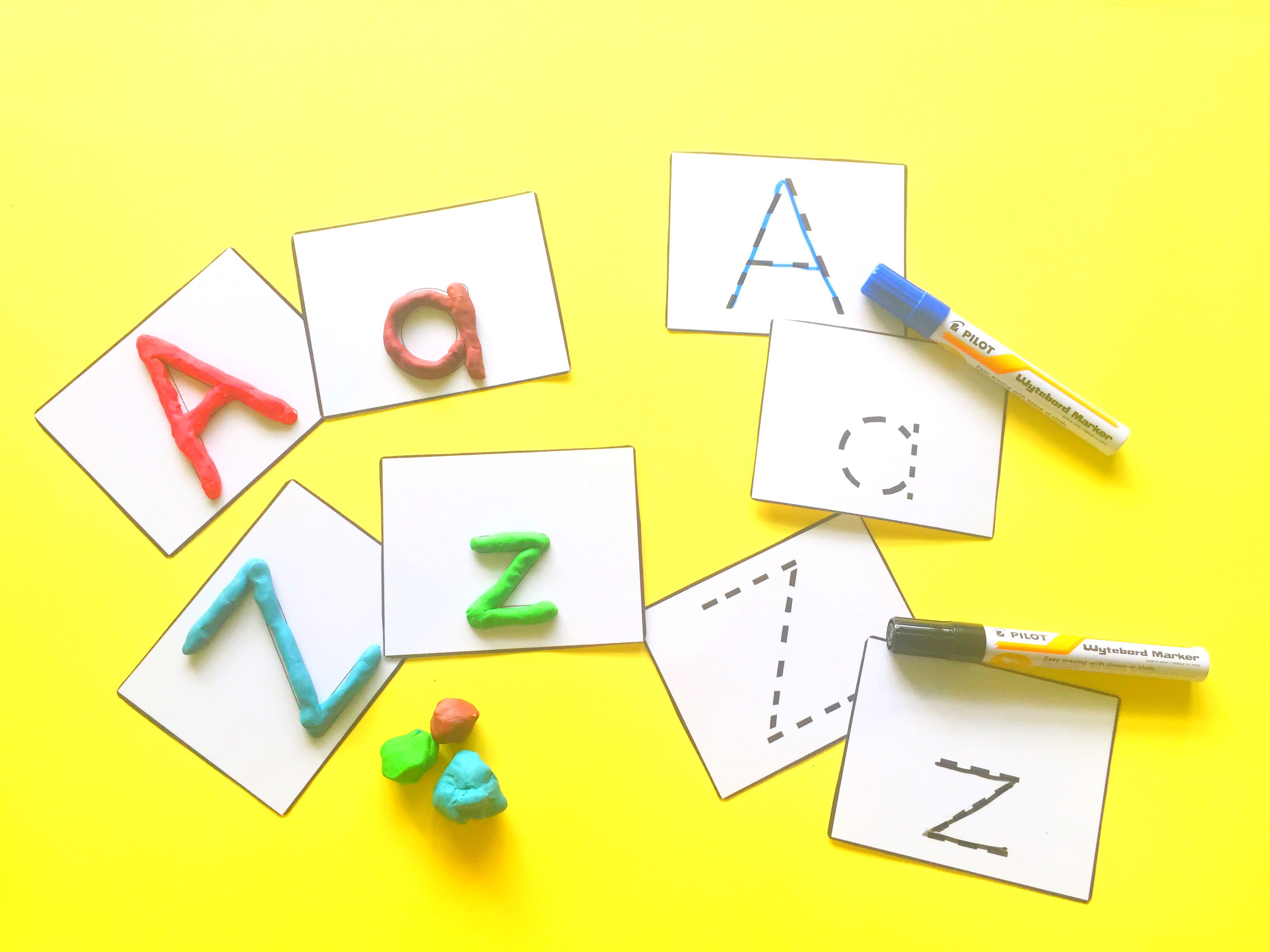
Why it’s important:
Strong fine motor skills are essential for writing, cutting, and manipulating classroom tools. These activities provide the practice kids need to build control and dexterity.
How to use:
- Begin with tracing to build muscle memory.
- Use clay modeling to strengthen hand muscles.
- Practice independent writing with task cards and worksheets.
5. Reading Comprehension and Sentence Building
- Phonics Sentence Flashcards (practices reading phonics)
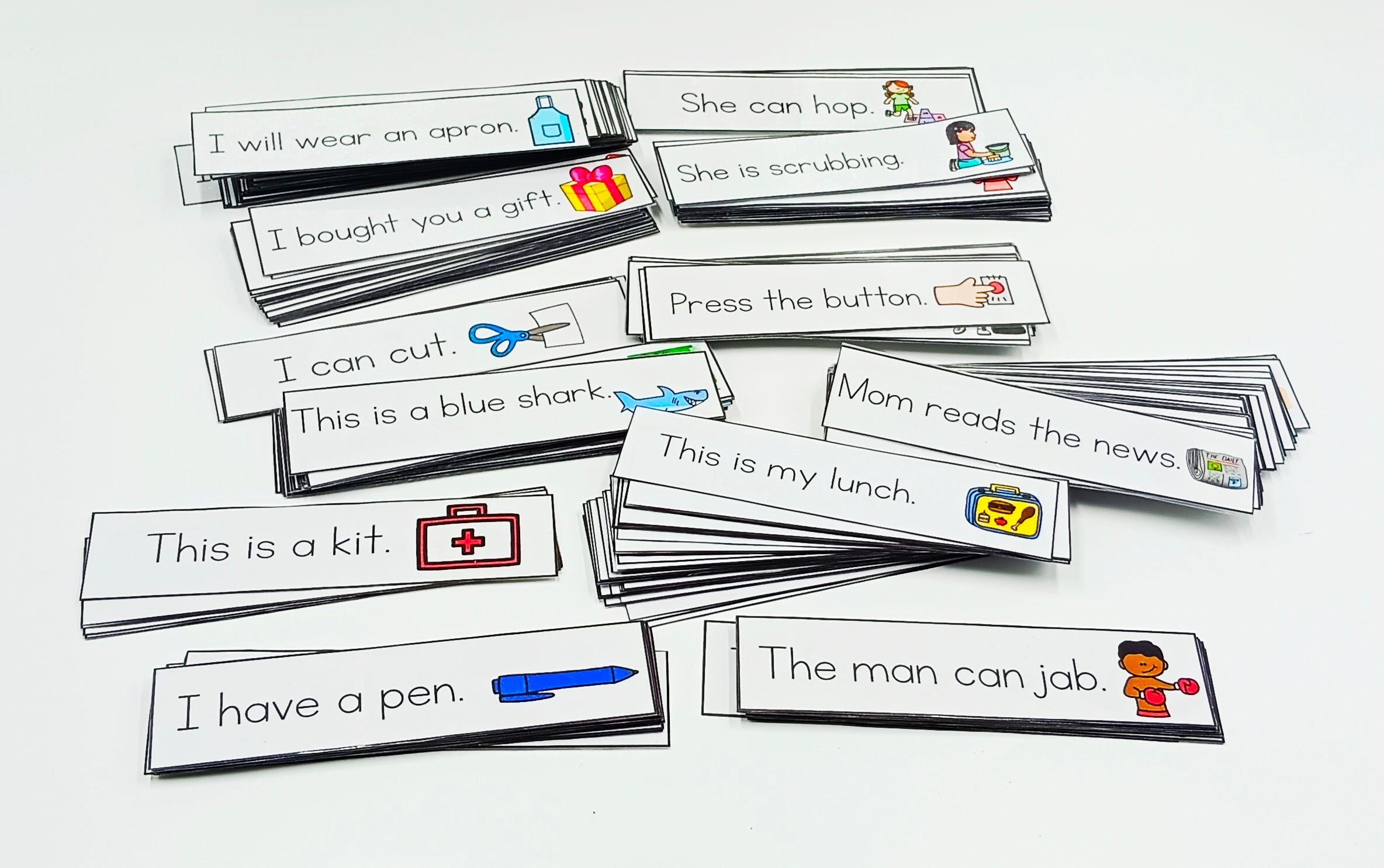
- Reading Comprehension Bundle (passages with multiple-choice and open-ended questions)
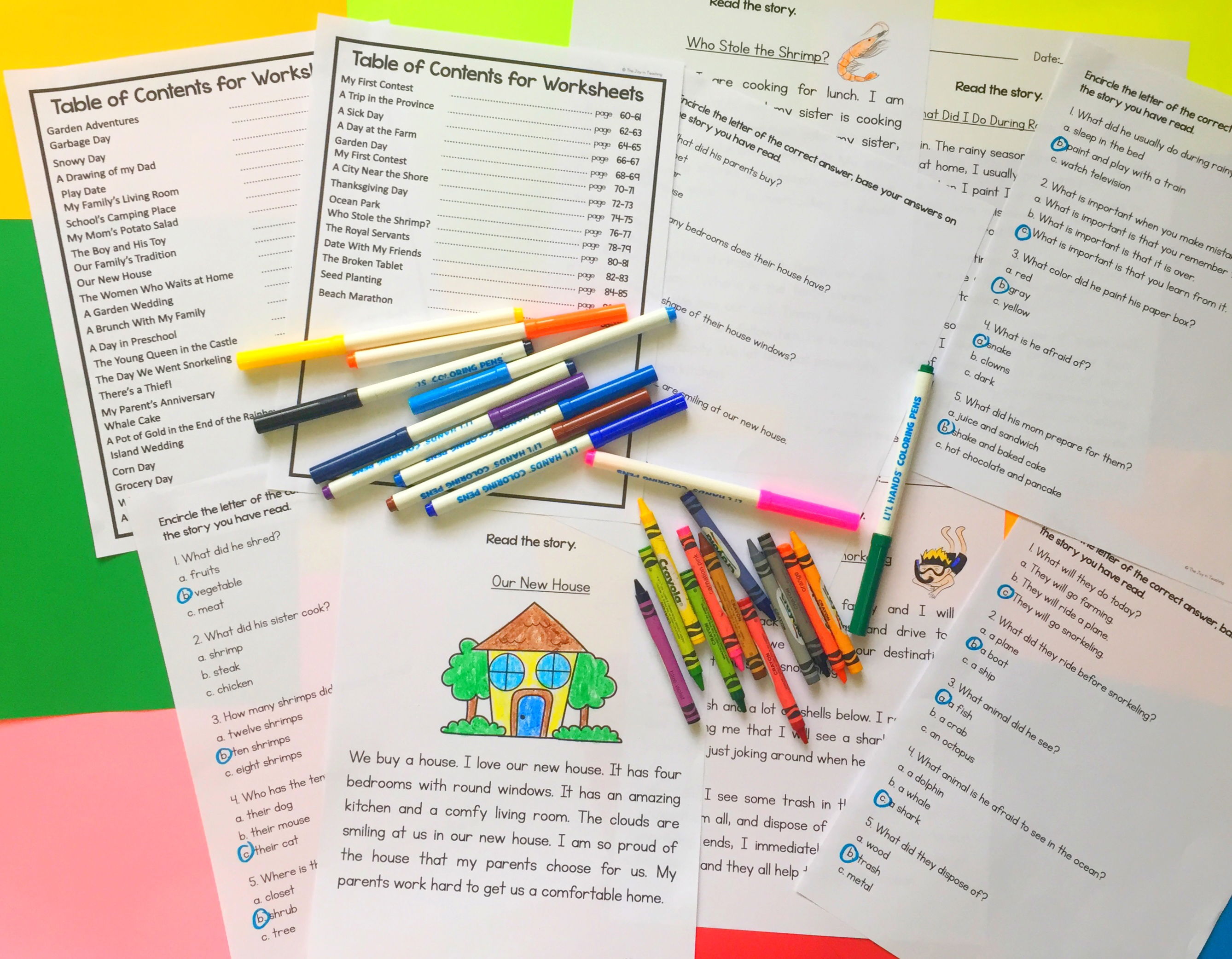
- Phonics Reading Comprehension Bundle (phonics activity blend with passages with multiple-choice and open-ended questions)
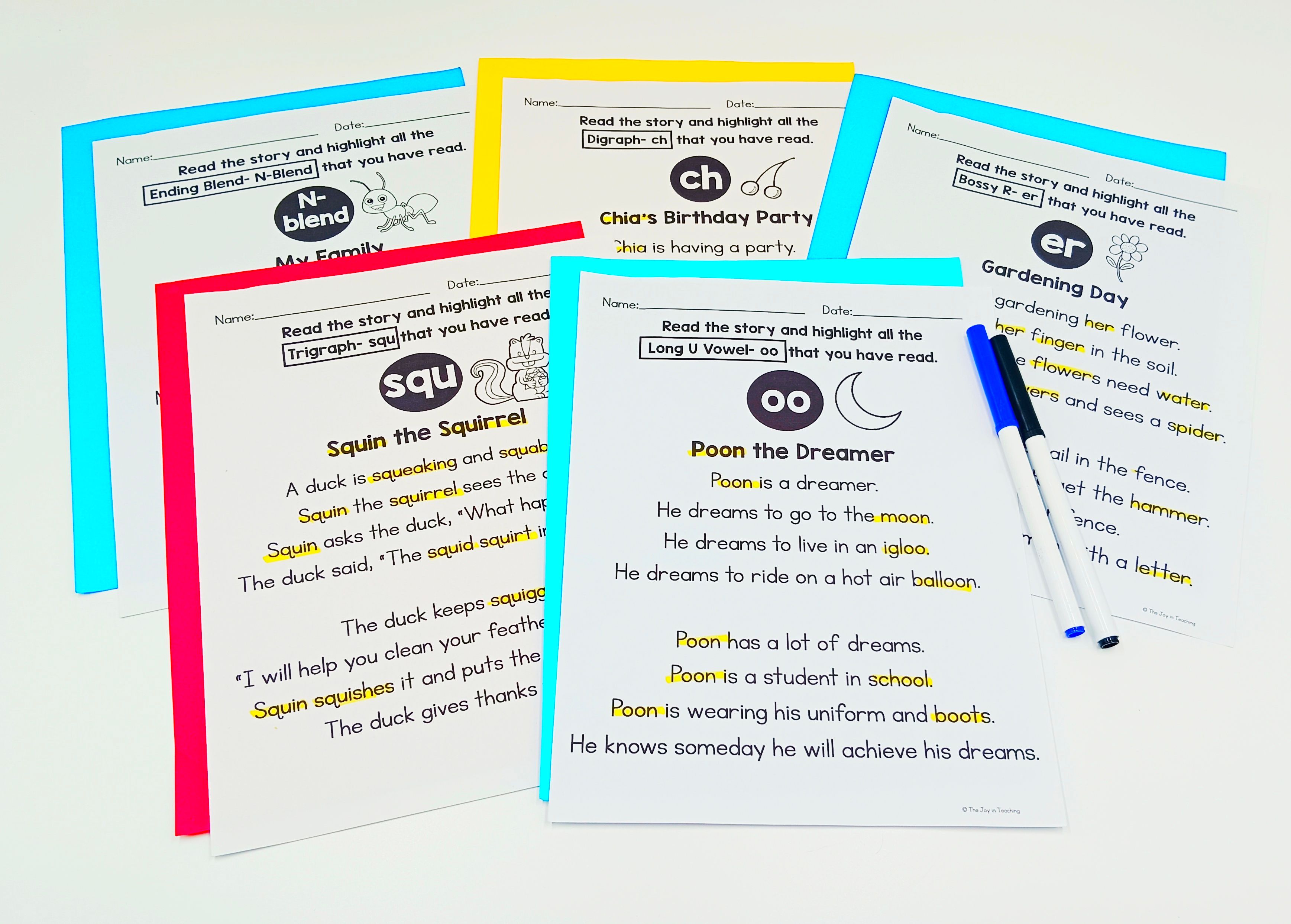
- Phonics Sentence Worksheets (various activities to practice phonics, sentence building and sentence structure)
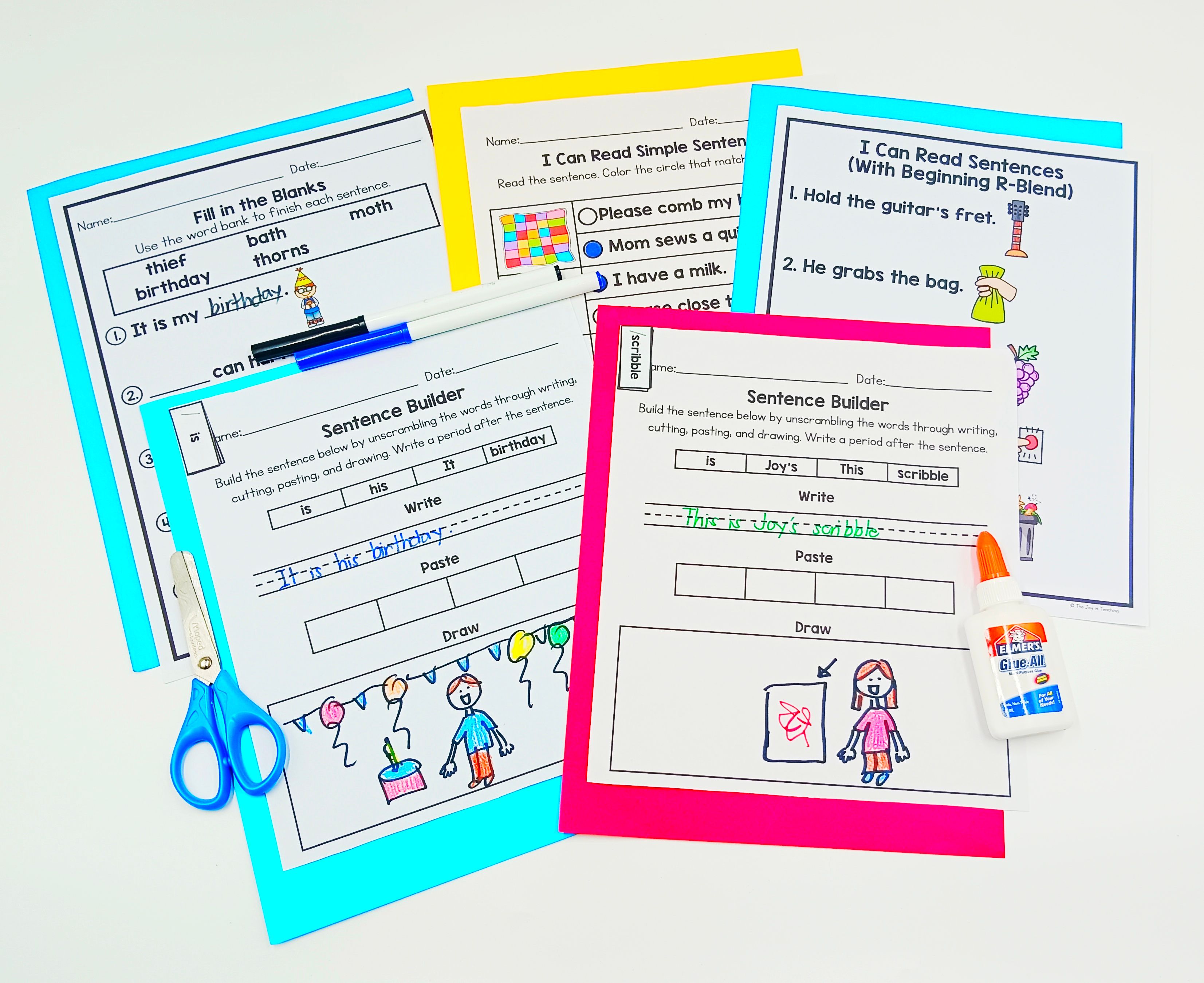
Why it’s important:
Comprehension is key to reading success. These activities help students understand text, build vocabulary, and practice forming complete sentences.
How to use:
- Start with phonics and word recognition activities.
- Progress to sentence building and reading passages.
- Use comprehension questions to encourage critical thinking.
Bonus Back-to-School Preparation Tips and Activities To complement your core skill-building activities, here are some additional ways to prepare students and create a positive classroom culture:
- All About Me Activities Help students introduce themselves and share about their interests to build community and connection.
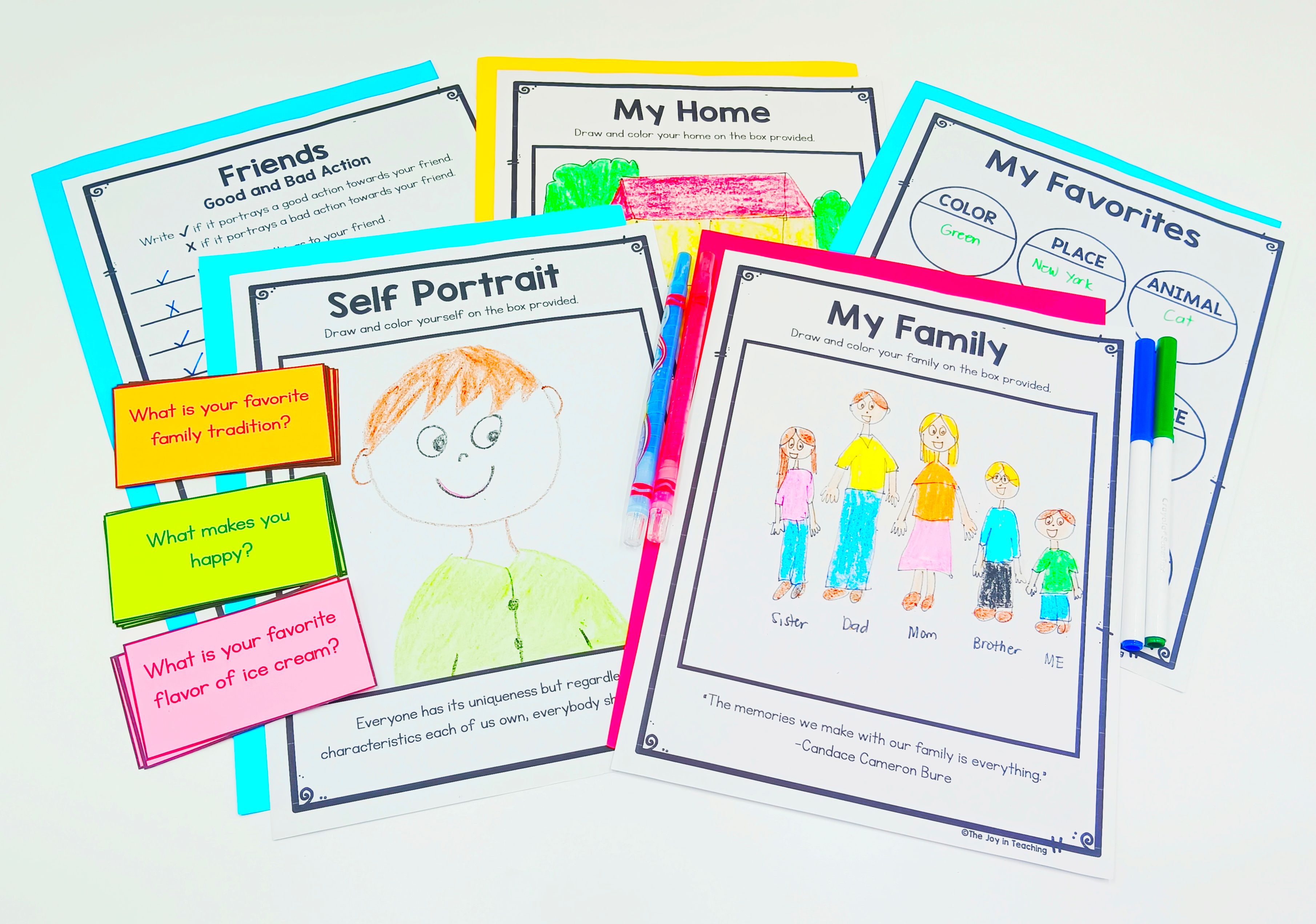
- Classroom Rules and Expectations Charts Visual reminders help students understand and follow daily routines.
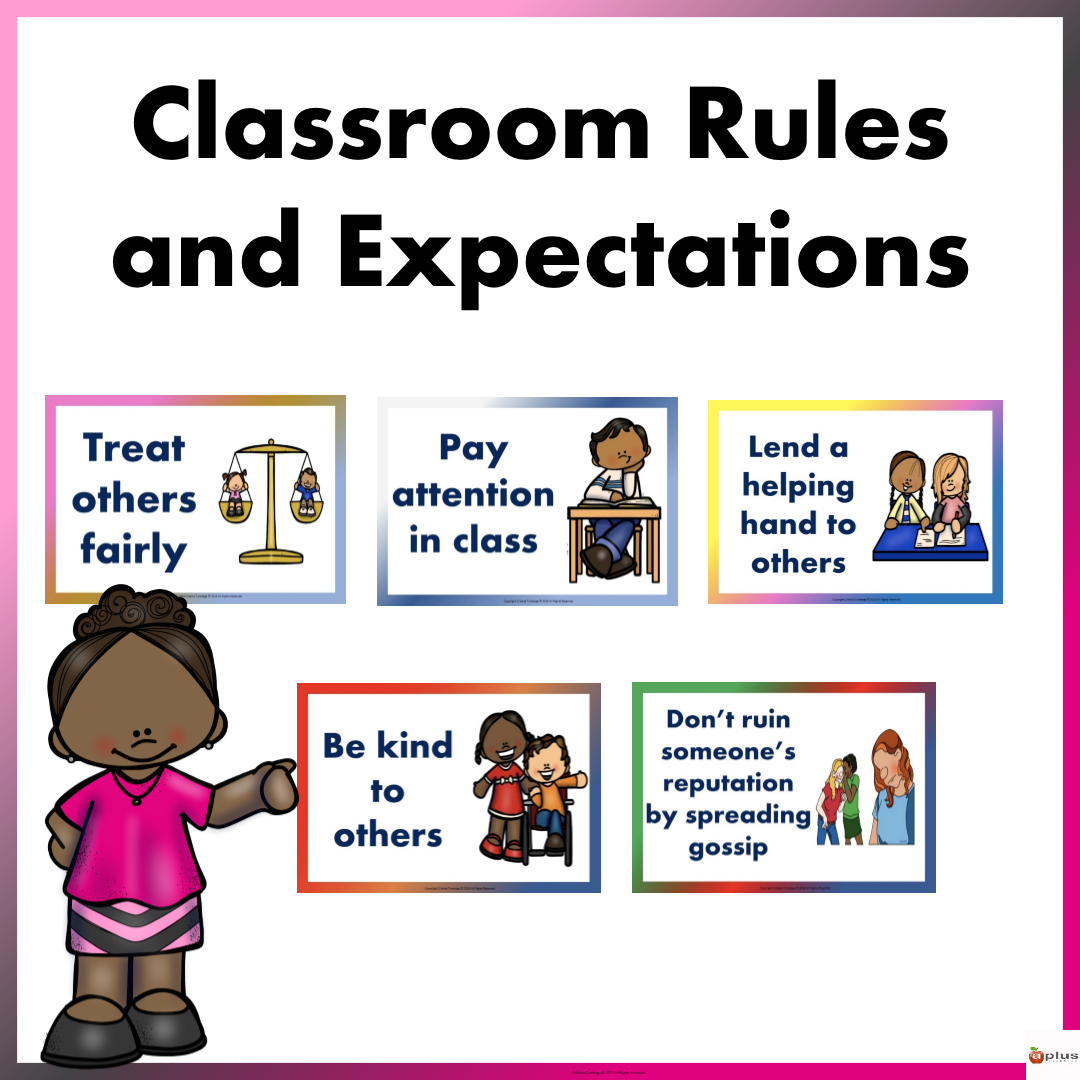
- Name Writing Practice Boosts confidence and independence as students learn to write their own names.
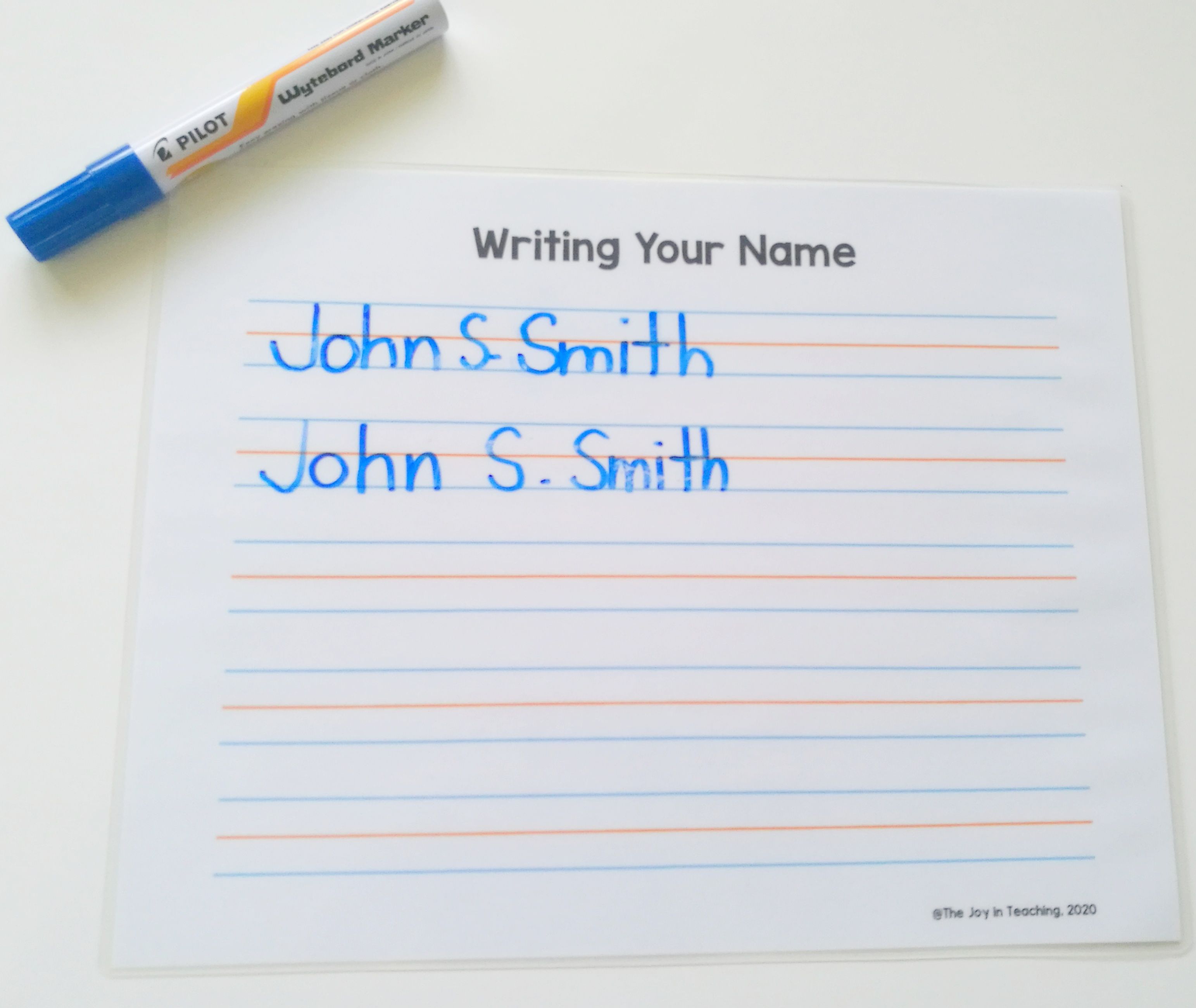
- Social-Emotional Learning (SEL) Activities Discuss feelings, kindness, and friendship to foster a supportive classroom environment.
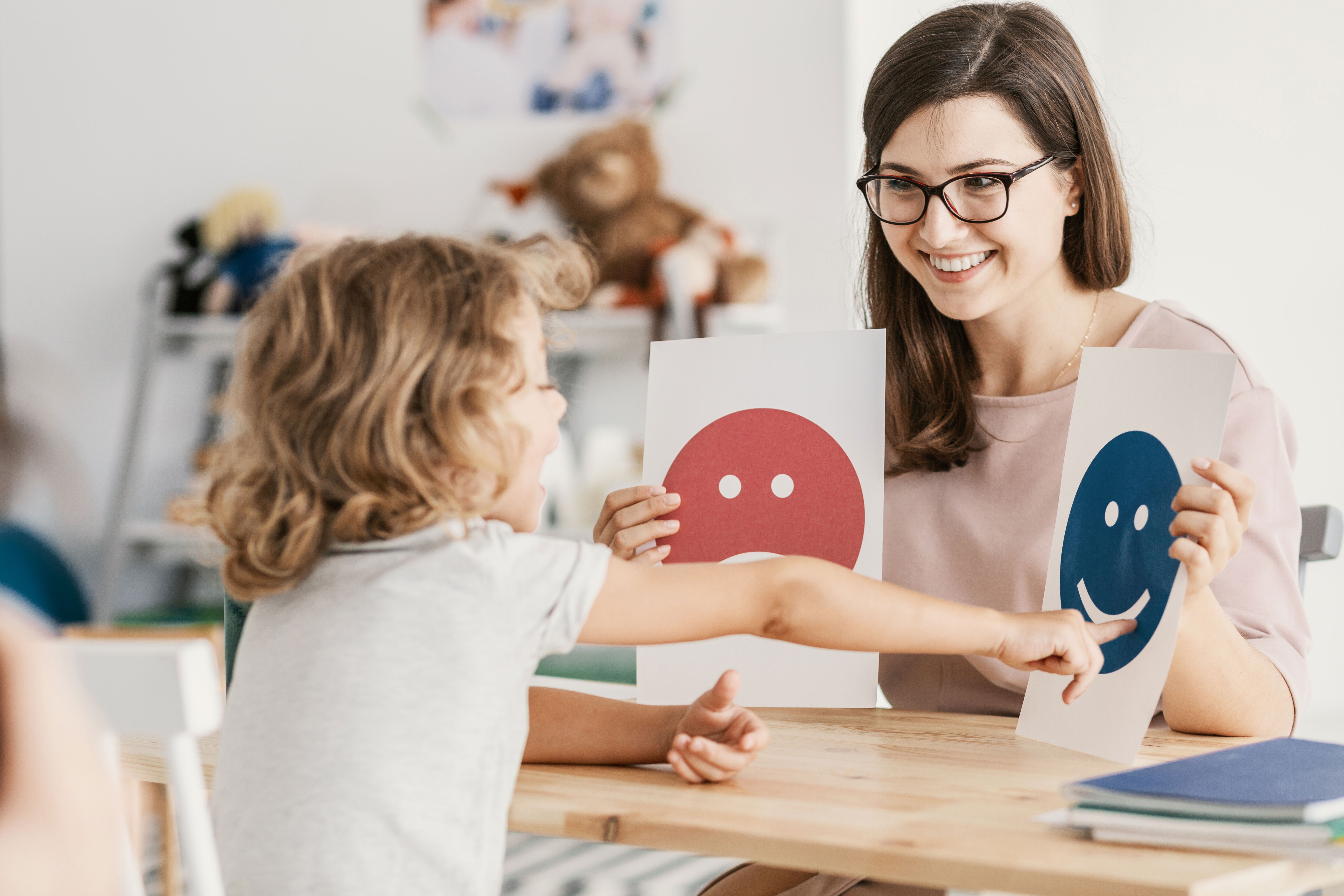
- Movement and Brain Breaks Short physical activities keep kids energized and focused.
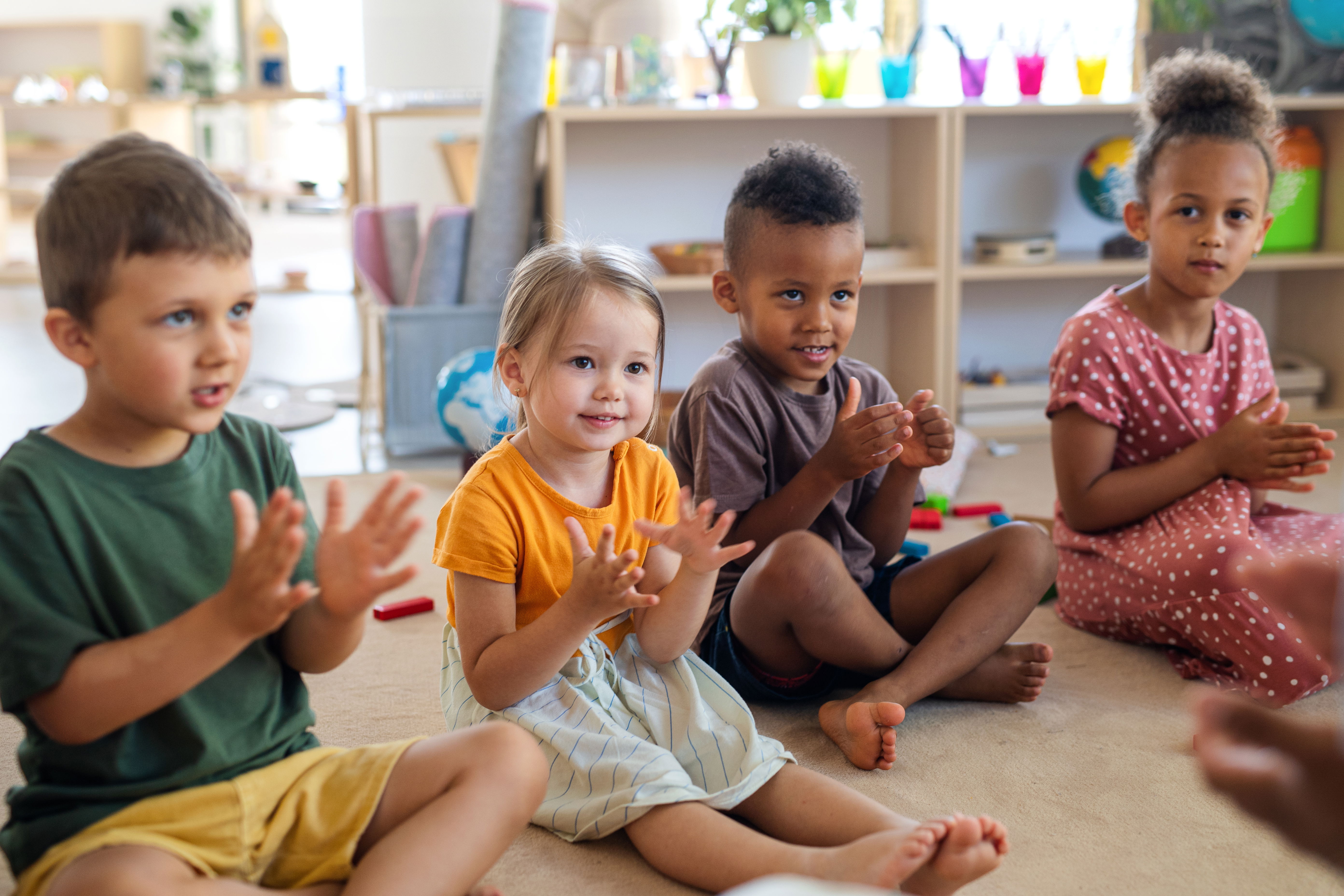
- Getting to Know You Games Ice-breakers help students feel comfortable and engaged.
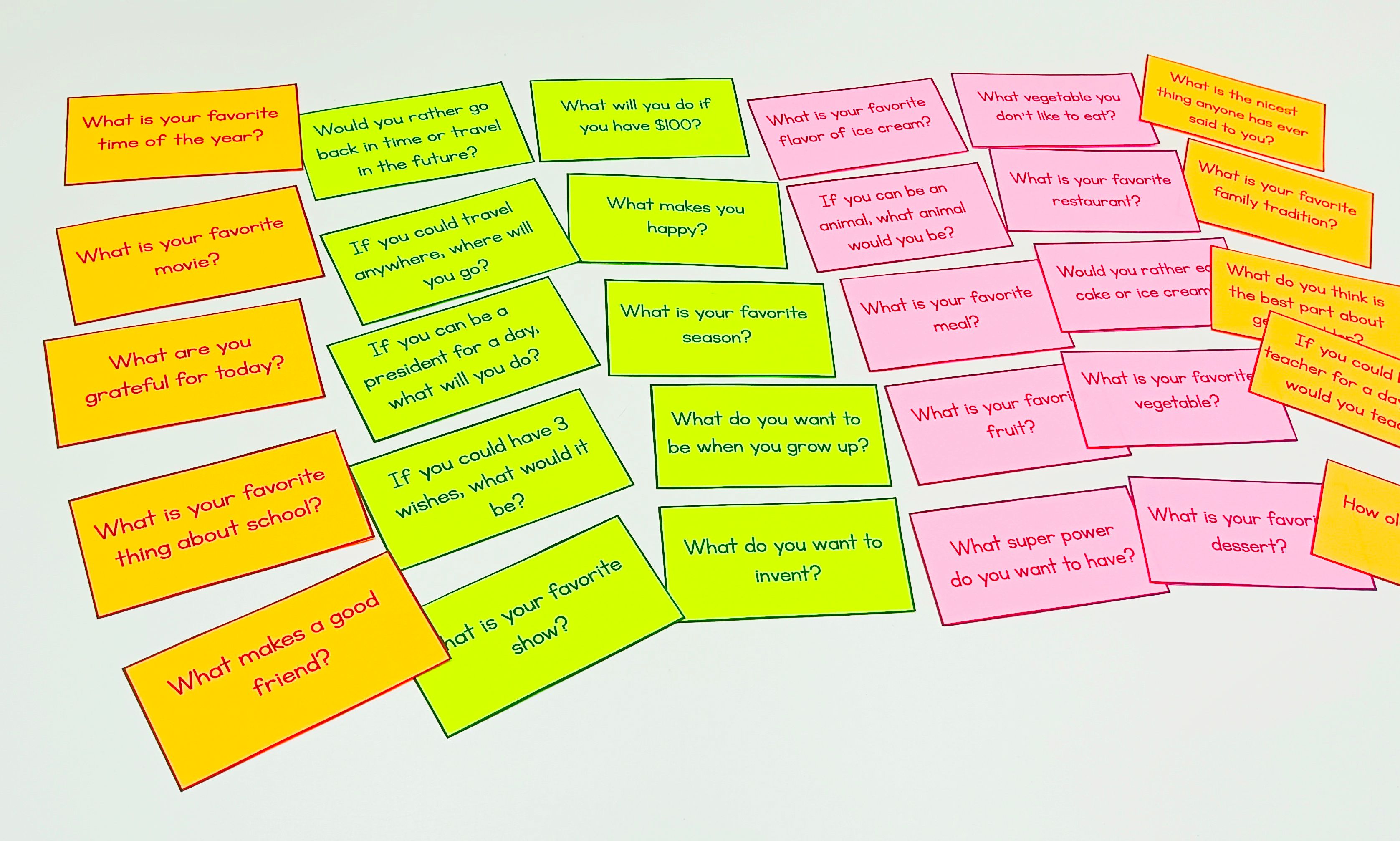
- Listening and Following Directions Games Help improve attention and readiness for classroom tasks.
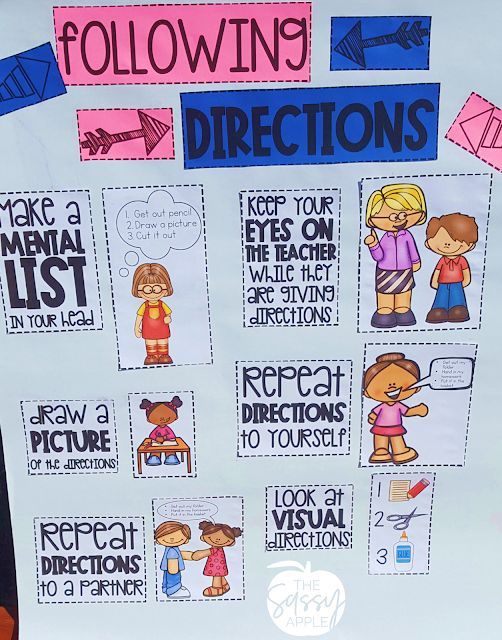
Why You’ll Love These Activities ❤️
- Refresh and reinforce essential skills to build confidence.
- Support smooth transitions and reduce back-to-school anxiety.
- Engage students with hands-on, interactive learning.
- Promote independence and positive classroom routines.
- Create a welcoming, supportive learning environment from day one.
Final Thoughts Starting the school year strong with purposeful back-to-school activities is key to setting the tone for an exciting and successful year. The right combination of literacy, math, fine motor, and social-emotional activities will build a solid foundation for your students, making learning fun and rewarding. If you want, I can help you create custom lesson plans, printable activity packs, or social media content to share these ideas with your community. Just say the word!
Follow Me for More Teaching Tips with Joy For more tips, resources, and a daily dose of teaching joy, follow me on:
Got questions or want to share your success stories? Drop me an email at thejoyinteaching@gmail.com. I love hearing from fellow educators and parents! Happy Teaching!
Joy Medalla
The Joy in Teaching 💛